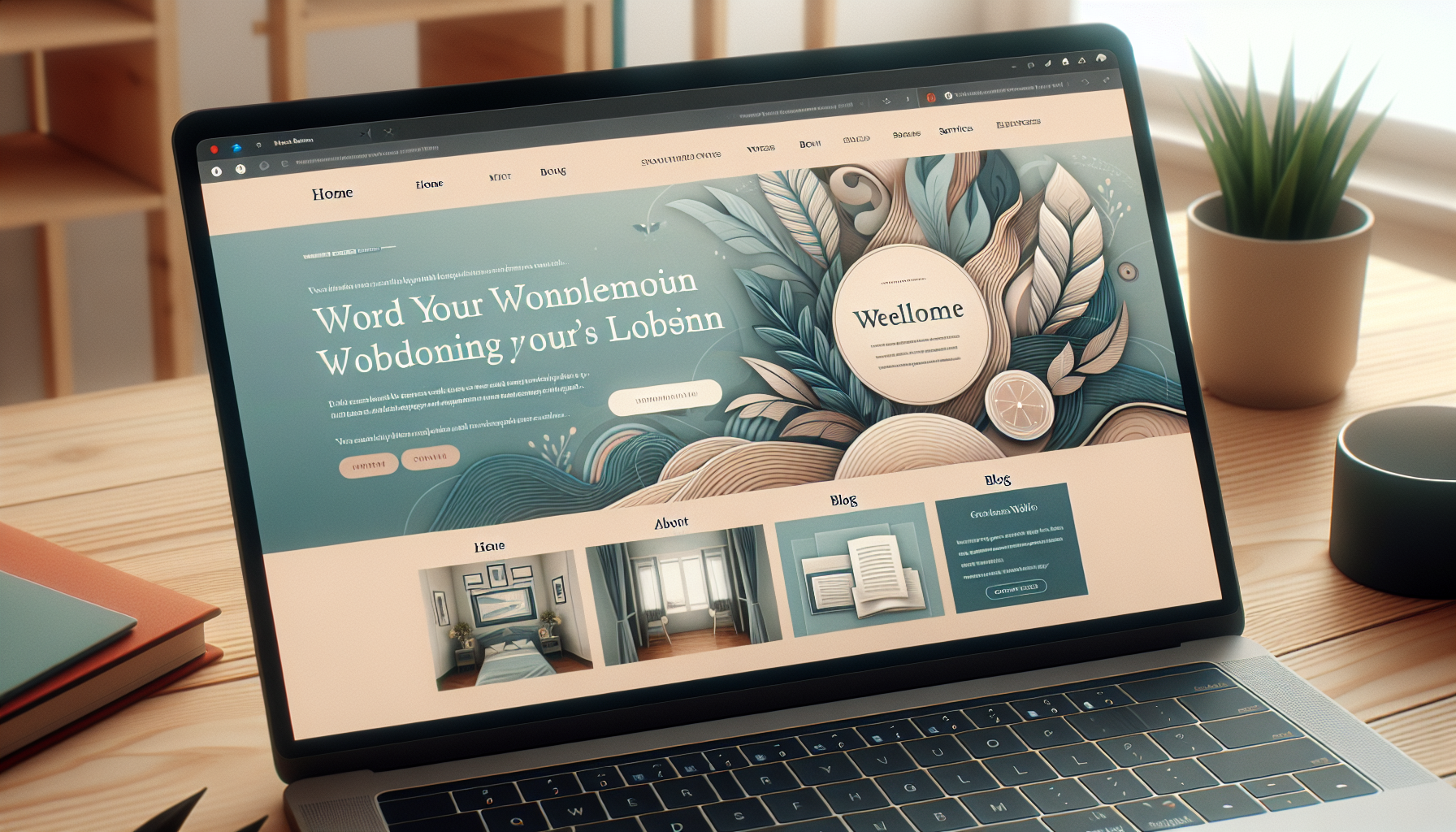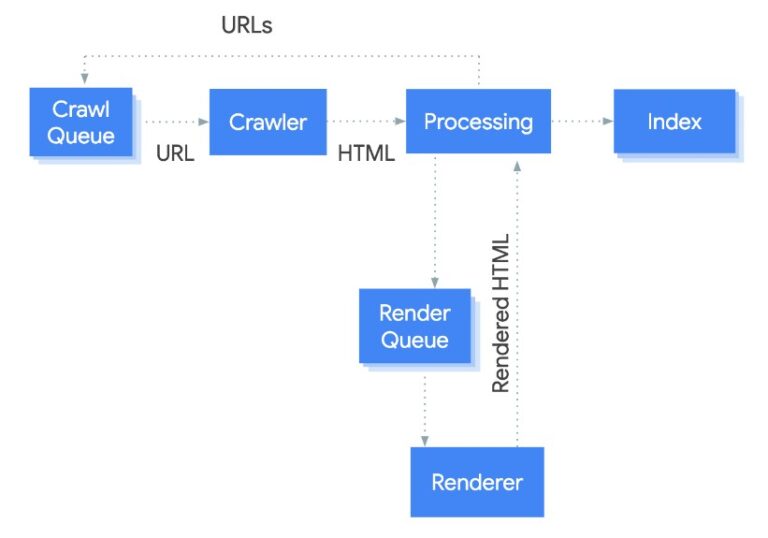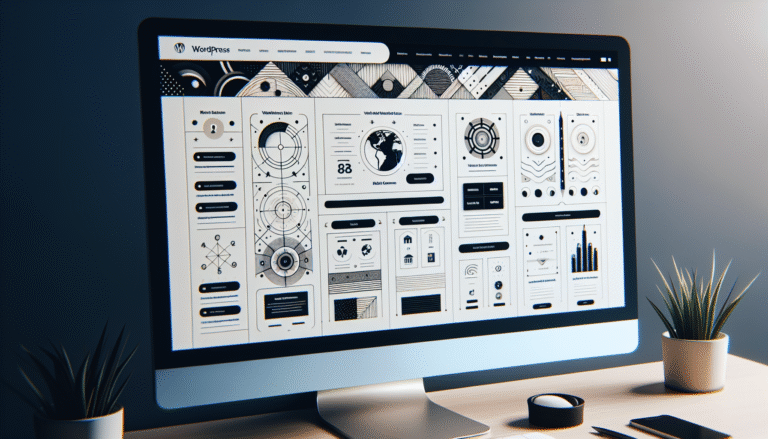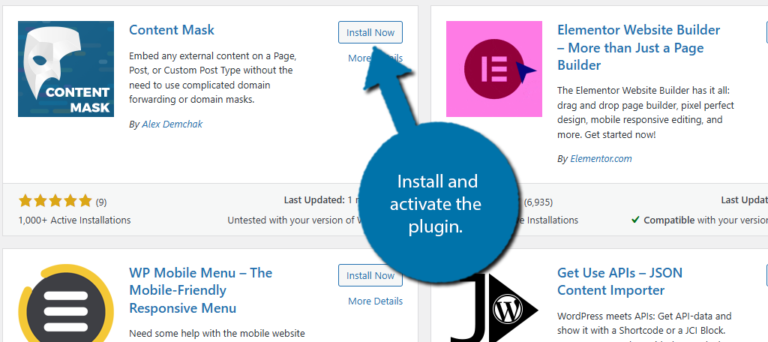
In the rapidly changing landscape of web design, it’s evident that linear design isn’t sufficient anymore. Designers are now challenged to create experiences that are more dynamic, engaging, and intuitive.
Introducing non-linear web design—a concept that surpasses the traditional “this, then that” methodology.
But what is non-linear web design, and how can we use it to enhance user experience? Get ready, because this isn’t your typical design conversation.
What is Non-Linear Web Design?
Non-linear web design is about escaping the limitations of traditional, linear layouts and navigation. In a linear design, users follow a set path through the site.
They start at the homepage, move to a category page, then perhaps to a product page, and finally to checkout. While this is suitable for many sites, it doesn’t necessarily consider users who don’t want to follow that predefined sequence.
Non-linear design, however, offers multiple paths and interactions, allowing users to navigate the site more organically.
Imagine it as a web of possibilities, where users can jump from one place to another based on their interests, behaviors, or goals. This creates a more personalized, engaging experience, putting control in the user’s hands.
Why Should You Care?
In the past, the web was largely dominated by linear navigation systems. Menus, breadcrumbs, and standard page layouts created a predictable flow for users.
While this maintained order, it also limited creativity and flexibility. Today, non-linear design is becoming a key feature of modern, user-centered web design.
Why is it important for advanced designers to notice? First, the internet has become a more complex and fragmented space. Users aren’t just browsing—they’re seeking experiences.
Non-linear design accommodates these diverse expectations. It creates more interactive, immersive environments that allow users to engage with content in a more fluid, personalized manner. By adopting non-linear design, your site can stand out in a crowded digital space.
Key Principles of Non-Linear Web Design
Before implementing non-linear design, let’s explore some of its guiding principles.
1. User-Centric Paths
In a non-linear web, users should feel in control. Instead of being led down a predetermined path, they should choose their own journey. This is achieved by providing clear, intuitive navigation options and multiple entry points to key content.
Consider a news site. A linear site might show a homepage with the latest stories in a grid, leading users through articles in chronological order.
A non-linear approach might display stories with interactive elements—like a “most popular” sidebar, related articles that update in real-time based on user behavior, or a personalized news feed driven by past interactions.
2. Dynamic Content
Non-linear design thrives on dynamic content that adapts to the user. The more the site can predict what a user wants, the more engaging the experience becomes. This can be achieved with features like content recommendations, smart filters, and search functions that update based on the user’s activity.
Imagine an e-commerce site where users can filter products by color, price, or brand, but also by personal preferences or previous browsing history. By offering real-time, dynamic content, the user experience feels tailored and unique—exactly what non-linear design is about.
3. Exploration Over Direction
Instead of pushing users along a strict path, non-linear design encourages exploration. Think of it like a digital maze, but one where there’s no wrong way to go.
The goal is to create a design that invites curiosity and rewards discovery. Instead of a rigid flow, the site should feel like a map with multiple possible routes, each leading to a different but equally valuable outcome.
For instance, a portfolio website could feature non-linear navigation by allowing visitors to jump between different project categories, case studies, and client testimonials, or by enabling a visual storytelling experience that lets users move through content at their own pace.
4. Interactivity as a Core Element
Interactivity is a hallmark of non-linear web design. It’s not just about clicks and scrolls; it’s about encouraging users to interact with content in ways that feel intuitive and engaging. From hover effects and scroll-triggered animations to gamified experiences and interactive infographics, non-linear design opens up a world of possibilities for creating deeper engagement.
Take, for example, an interactive product configurator on an e-commerce site. Instead of simply browsing through static images of a product, users can actively customize the item, see real-time changes to their selections, and receive personalized recommendations based on their choices. This level of interactivity makes the experience feel more like a conversation than a transaction.
Non-Linear Layouts in Action
What does non-linear design look like in practice? Let’s explore some real-world examples of websites that embrace non-linear navigation.
1. Pinterest
Pinterest exemplifies non-linear design. While you can scroll through the homepage and view a feed of pins, the site also lets you explore content based on your interests, follow specific topics, and save pins to your





